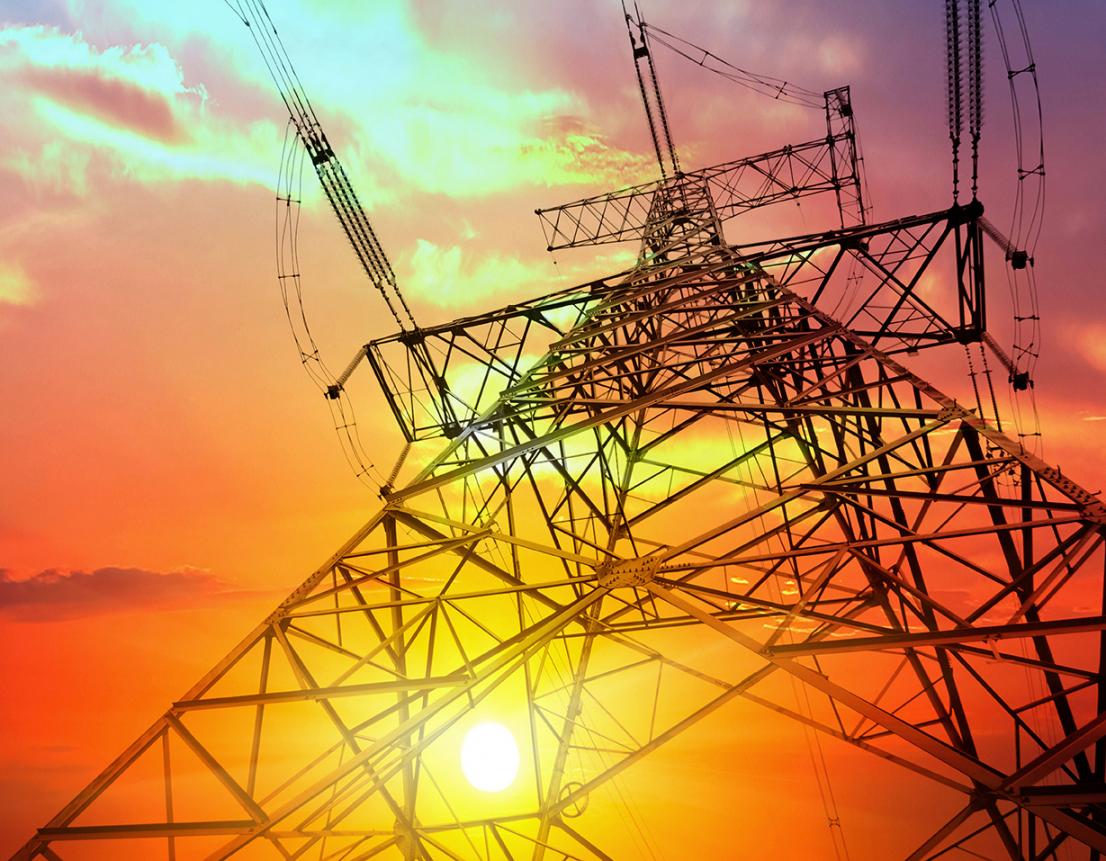Iran's export of electric power, services and equipment can grow tenfold from the current $2.7 billion a year.
Houshang Falahatian, deputy energy minister, made the statement in the opening ceremony of a 250-kilowatt photovoltaic power plant in north Tehran in which an advanced metering infrastructure system was also unveiled.
"Iran exports close to $3 billion in technical and engineering services per year, more than 90% of which are earned by the power sector," he said, rating Tehran among the six nations leading the development of power plants.
Falahatian noted that domestic contractors can implement the entire process of power plant construction.
The official also referred to the country's strained budget for next year due to crumbling oil prices that will make it more difficult for the government to offer subsidies on electricity, already a heavily subsidized economy.
According to Energy Minister Hamid Chitchian, Iran's electricity is "the most inexpensive in the world".
Oil is trading at its lowest level in 11 years, having crashed by around 70% from a $115-per-barrel high in June 2014.
Falahatian said producing each kilowatt-hour of electricity costs 1,000 rials (about 0.017 cents) on average, excluding the feedstock expenses that drive up the final price to 2,500 rials (0.067 cents) per kWh.
This is while consumers pay 600 rials (0.016 cents) per kWh. The large gap between actual and subsidized prices comes, as 100 rials from each kWh are allocated to the monthly cash subsidies.
Iran's Subsidy Reform Plan–launched in 2010 during the tenure of former president Mahmoud Ahmadinejad—cut subsidies on food and energy items and replaced it with monthly cash subsidies of 455,000 rials (around $12).
Expanding Renewables
Falahatian called for promoting renewable energy sources in urban areas by requiring high-rises across the capital Tehran to deploy photovoltaic cells.
"The installation of solar cells on average costs merely 1% of total costs for building a high-rise," he said.
The guaranteed purchase of electric output from such panels and providing 50% of purchase and installation expenses are the Energy Ministry's incentives to promote solar power in the megacity.
Iran's nominal power generation capacity stands at around 74,000, with 61,000 MW coming from thermal power plants, 12,000 MW from hydroelectric plants and only 1,000 MW from nuclear power.
Plans call for raising electricity production capacity by 50,000 megawatts in 10 years.
In fact, the launch of Sheikh Bahai Photovoltaic Plant on Saturday marked a stepping stone toward raising output from renewables to 1,000 MW by 2021 from around 300 MW at present under a five-year plan.
Energy Efficiency
The introduction of AMI system is part of a major plan for enhancing power consumption and distribution efficiency across the national electricity grid.
The AMI system measures, collects and analyzes energy usage, and communicates with metering devices such as electricity, gas, heat and water meters.
The Energy Ministry has said it is fast-tracking plans to enhance the efficiency of power plants and reduce wastage to cut costs.
Falahatian also laid out plans for converting two 1000-MW power plants into combined-cycle units. The measure would boost the efficiency of Parand Power Plant in southwest Tehran to 50% and Rey Power Plant's efficiency to 60% from 23%.


